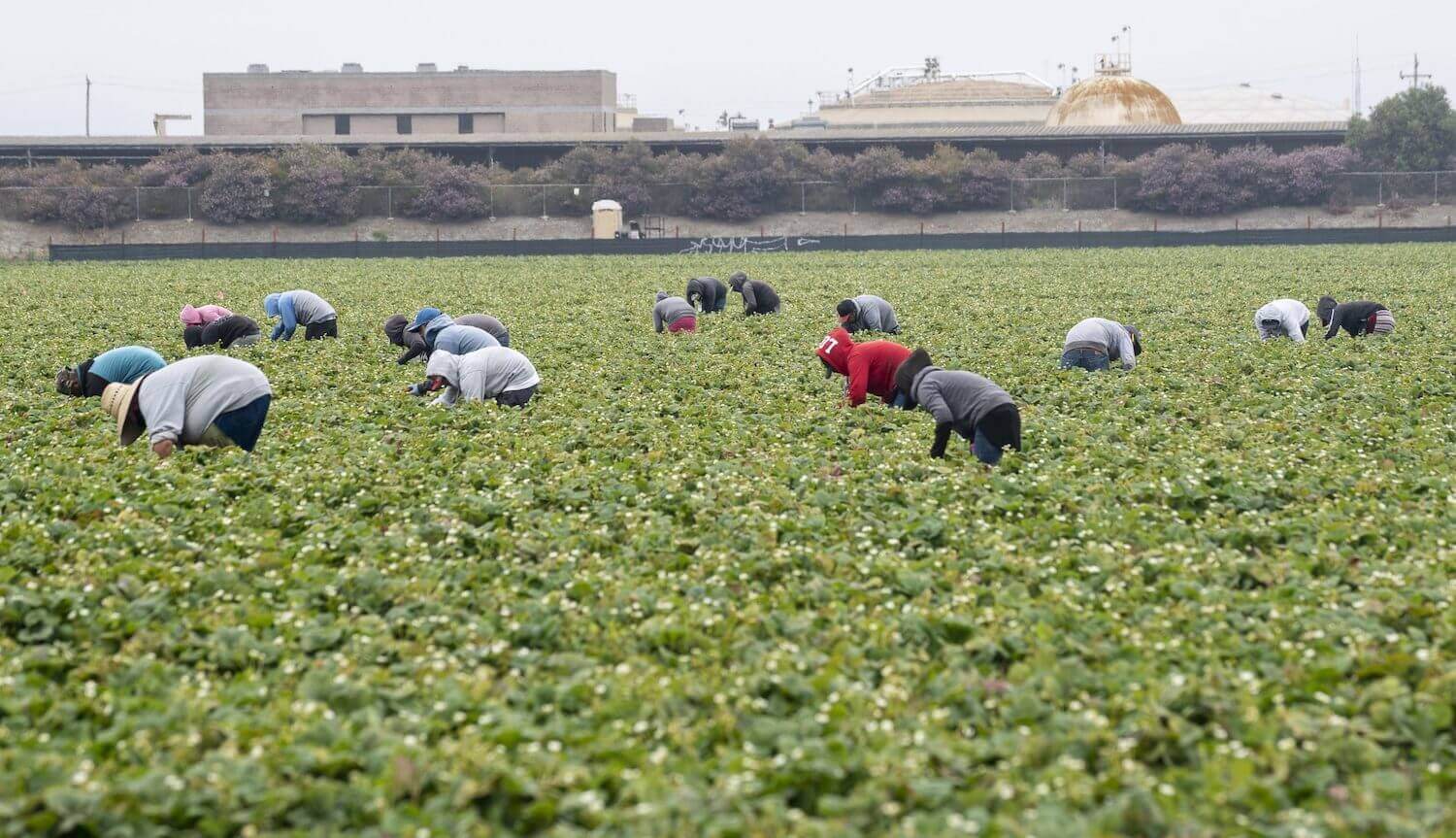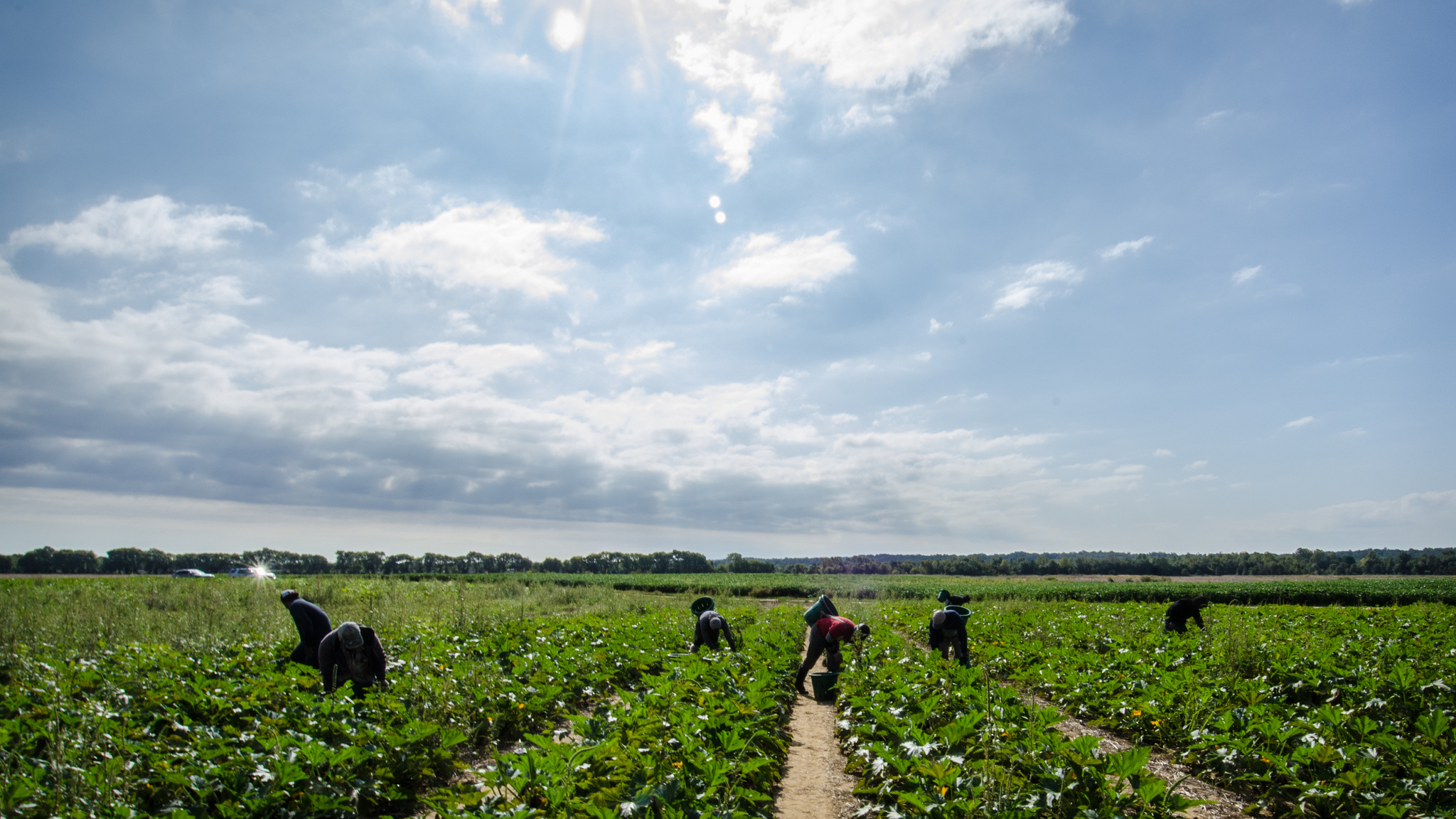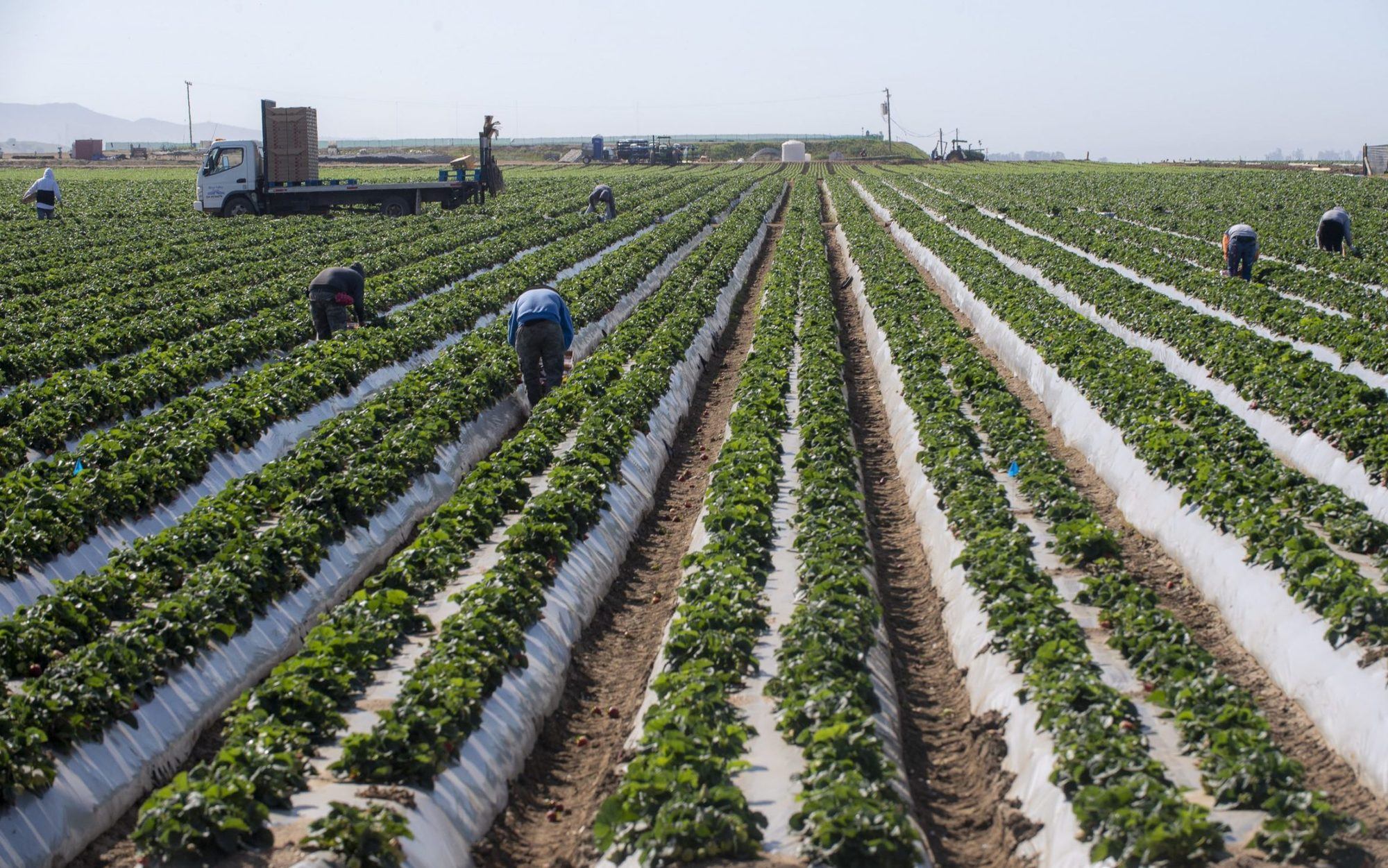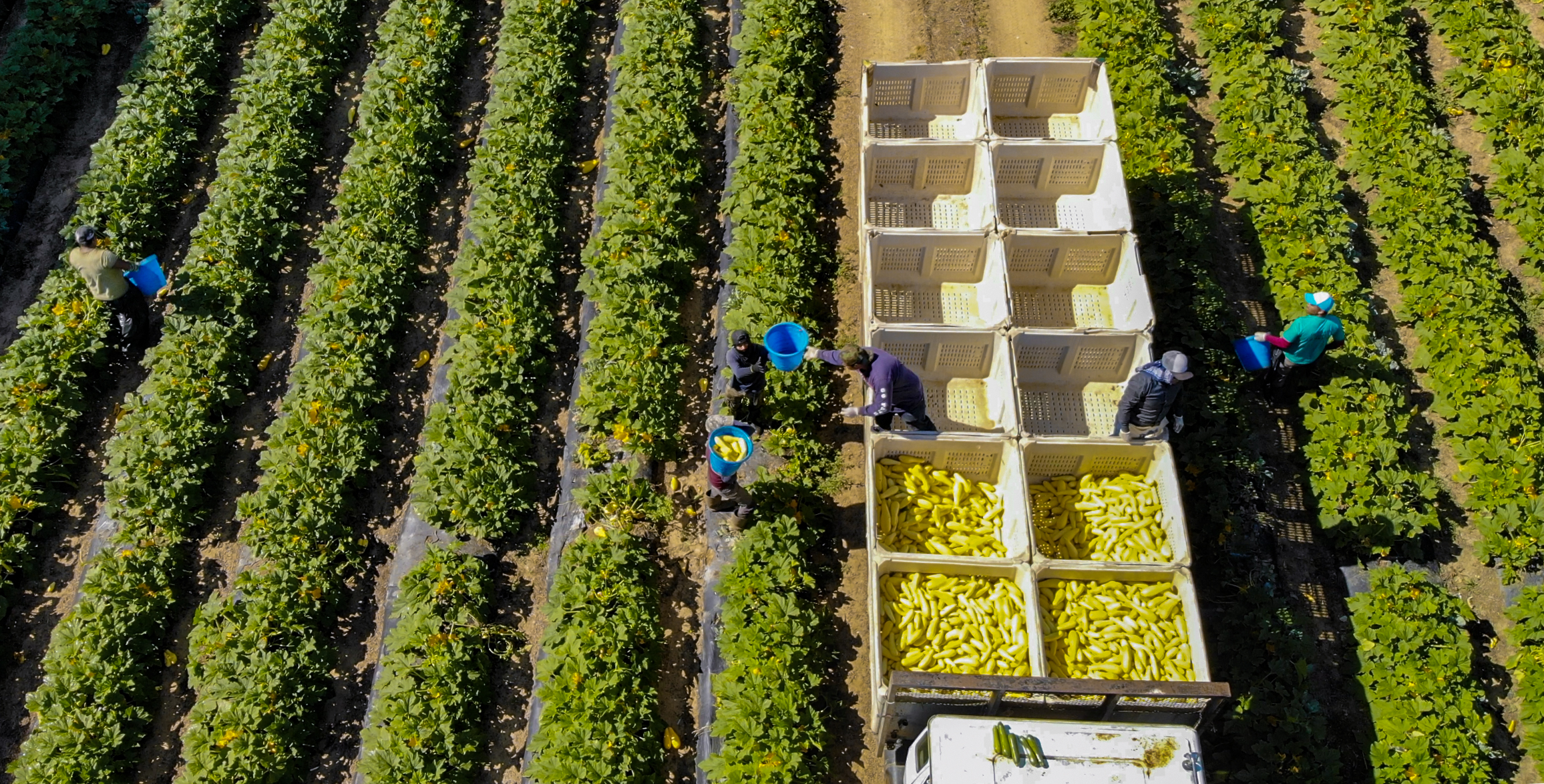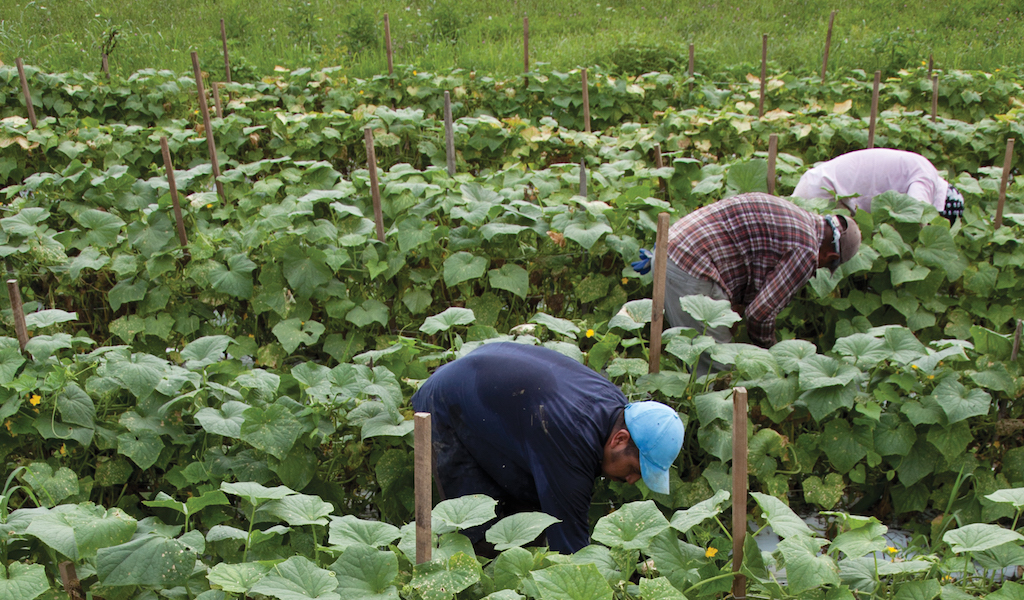The activism of the United Farm Workers runs deep. So does the history of how legendary organizers designed its iconic posters and look.
Last month, Colorado Gov. Jared Polis signed a bill enacting some of the strongest farmworker protections in the nation. As The Counter reported, it was the first of its kind to go beyond pay increases to address historically racist labor policies. Soon after, the U.S. Supreme Court upended a nearly 50-year-old California law put into motion by storied labor organizers César Chávez and Dolores Huerta, which allowed union organizers to enter farms to speak to workers during non-working hours for a set number of days each year. In a history for the online and print magazine MOLD, Holly Eliza Temple explores how Chávez and Huerta were able to literally design the United Farm Workers’ (UFW) look and imbue it with a “powerful identity.” They borrowed ideas from Aztec iconography and corporate marketing to design its black eagle logo. As Chávez recalls the ideas behind the logo, “We didn’t want a tractor or a crossed shovel or a hoe or a guy with a hoe or pruning shears.” And it was important that it be bold but simple enough for anyone to draw. The union even had its own printshop that produced colorful, suasive posters and illustrations. As news of labor strikes and protests now spread like wildfire across social media, Temple also delves into how the UFW organized and publicized historic farmworker strikes without these modern-day tools.
